
The photographic voice of the English photographer Stephen Gill always has a playfully inventive ring. His book ‘Hackney Wick’ (Nobody, 2005), named after an area in east London where the photographs were made, is comprised of pictures taken with a cheap plastic lens camera he bought at a flea market in Hackney Wick for 50 pence. For his book ‘Hackney Flowers’ (Nobody, 2007) he gathered plants, flowers, and seeds, arranging the material over photographs (which he then re-photographed) — creating complex dimensional collage. For other series, he has buried prints to “allow the place itself to imprint upon the images through decay or markings;” or placed objects and creatures inside his camera creating images akin to in-camera “photograms” as seen in his book ‘Outside In’ (Photoworks, 2010).
So when the Centre National de L’Audiovisuel in Luxembourg commissioned Gill to create a new body of work and a book responding to an industrial wasteland that is the remains of the steel-making industry in the city of Dudelange, it seemed to be a perfect fit for an artist who is known to physically integrate the surroundings into the process and final results of his work. Gill’s newest book Coexistence has just been co-published by the Centre National de L’Audiovisuel and Gill’s own book imprint Nobody.
Concentrating on a pond that had once been used to cool the factory blast furnaces as recently as 2006, Gill became curious about the newly forming microscopic communities of life that would be returning and flourishing. As he writes in the afterword to ‘Coexistence’; “For eight months leading up to my first visit to the territory, my mind increasingly started tuning into the microscopic worlds within worlds, and I became ever more aware of the many parallels between patterns and process in the pond and those in our own lives as individual humans within societies…Slowly I became committed to the idea of attempting to bring these two apparently disparate worlds — so physically close yet so different in scale – visually closer together.”
In order to draw these two worlds together Gill employed the use of a medical microscope from the University of Luxembourg and a pail of water scooped from the pond. With the microscope, he studied and photographed the miniscule creatures and plant life. Carrying around the pail of water, he would dunk his underwater camera into it prior to making portraits of residents he met in Dudelange. The results, page after page, have your mind jumping back and forth between the recognizable and the indistinguishable — the scientific and the conceptual.
One might be tempted to dismiss Gill’s strategies as gimmicks were it not for the immediate beauty and complexity of the images. Admittedly this writer has questioned his cleverness, on occasion, as “the idea” dominating the actual content (dipping prints into the pond water to transfer life onto the surface of the paper), but I find the two approaches to image making here flow together into the ‘tapestry’ that Gill expresses as his intent.
With its gold foil stamped titles and speckled book block edge, ‘Coexistence’ is handsomely made to resemble a leather, quarter-bound, reference book that might be seen sitting aside Darwin’s On the Origin of the Species. That is, after all, the ultimate metaphor here – the primordial sludge finding its footing and slipping seamlessly into society.
Stephen Gill is a British photographer based in London.
Jeffrey Ladd is a photographer, writer, editor and founder of Errata Editions.
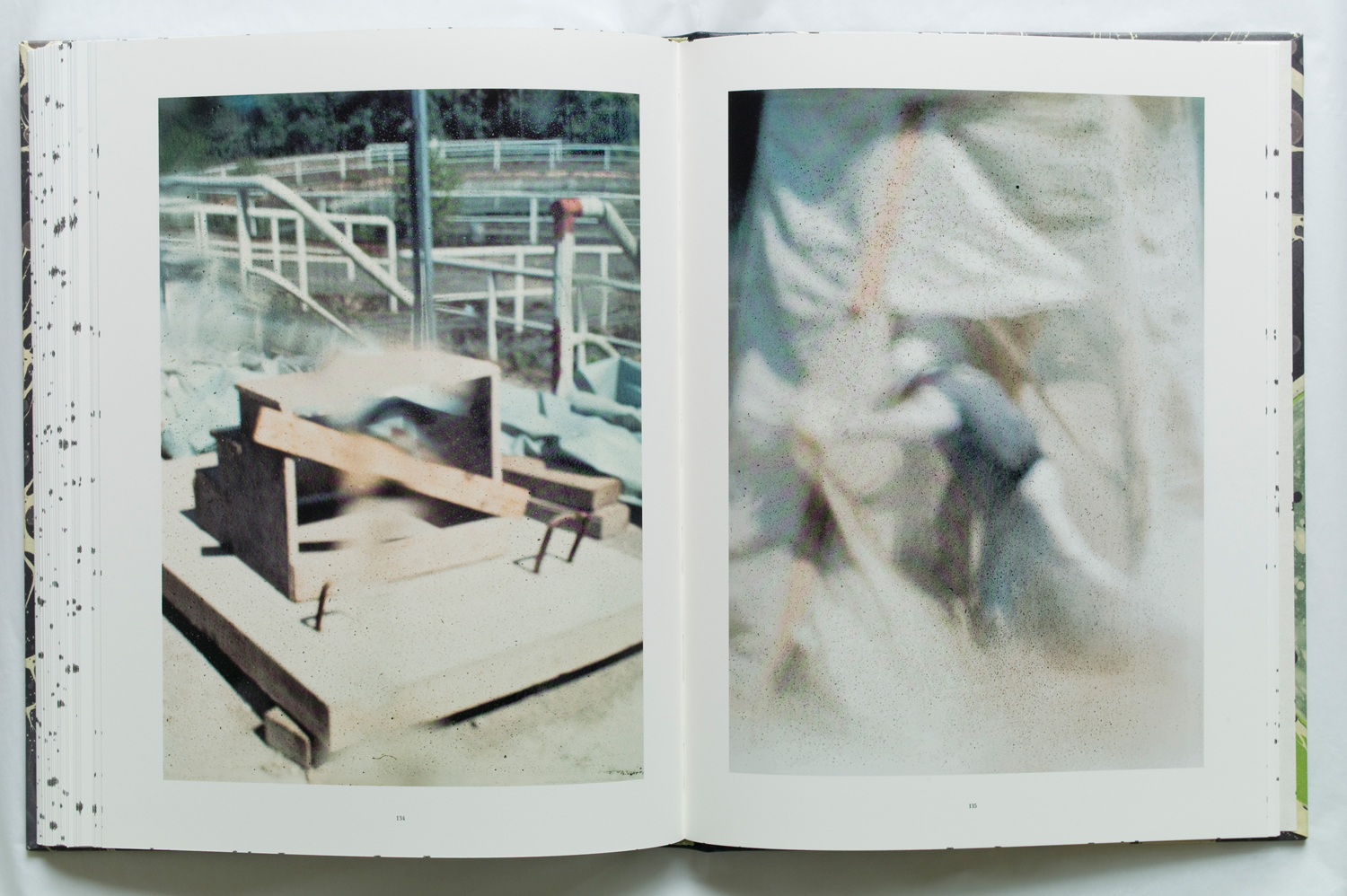
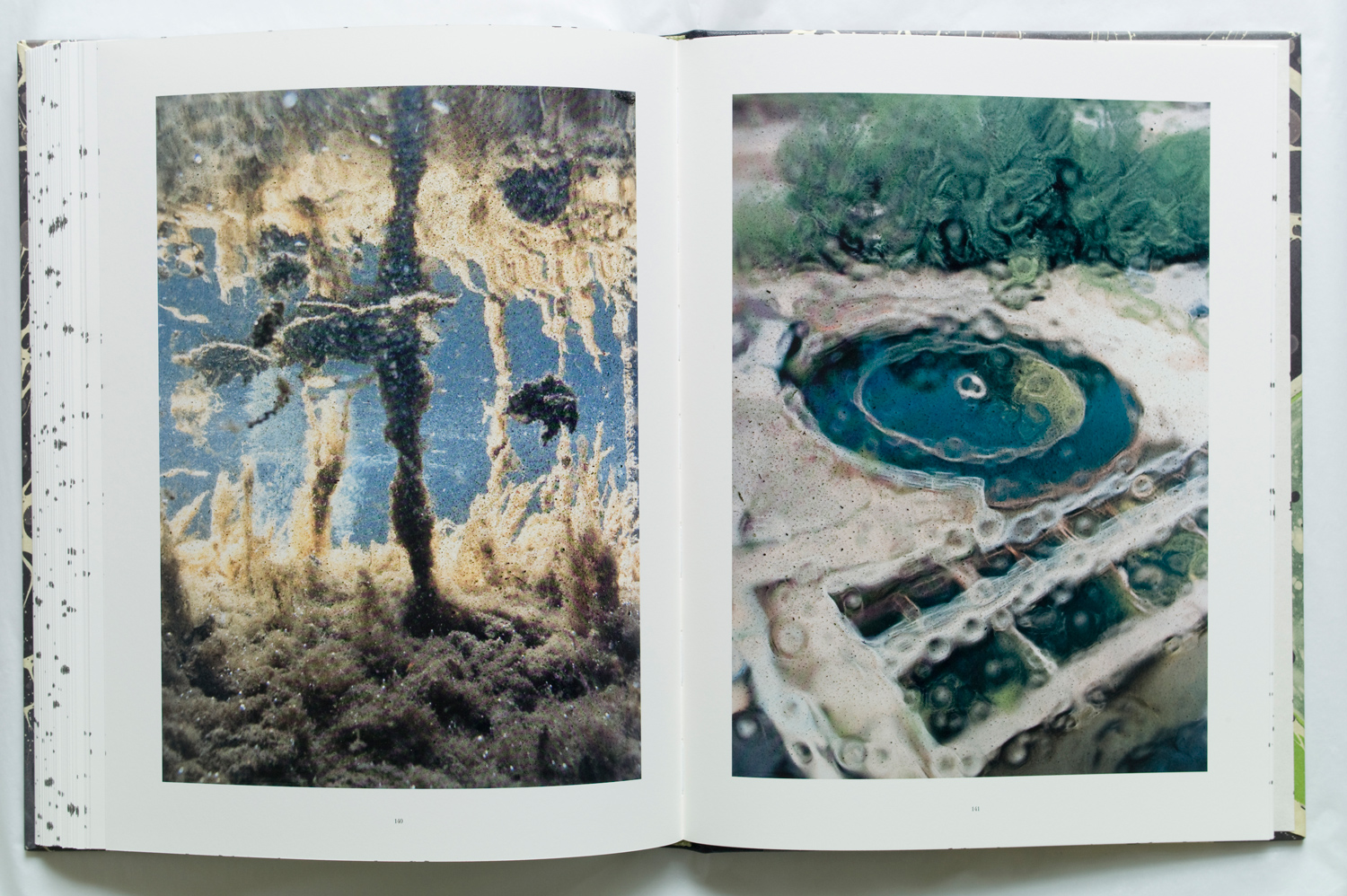


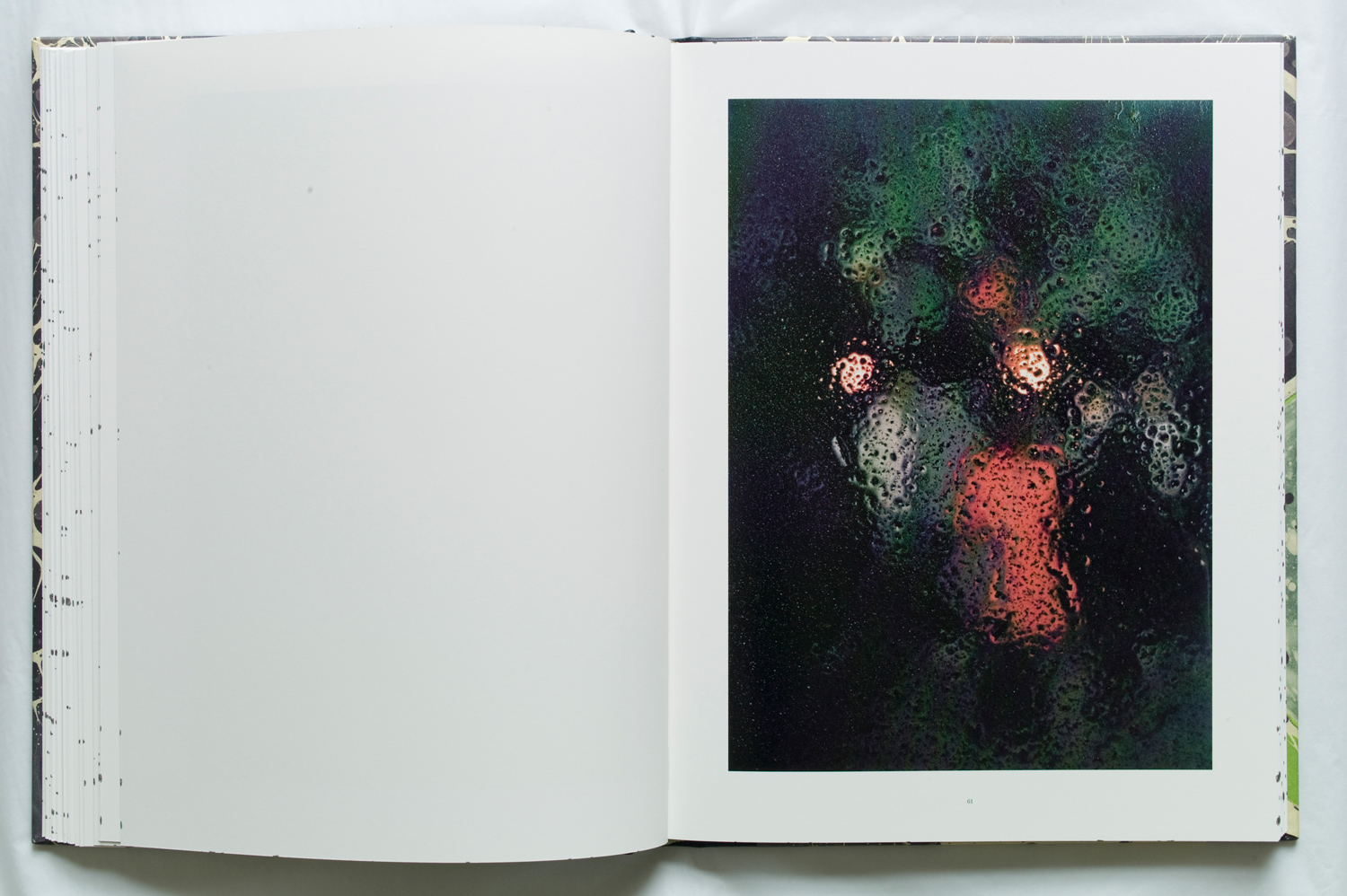
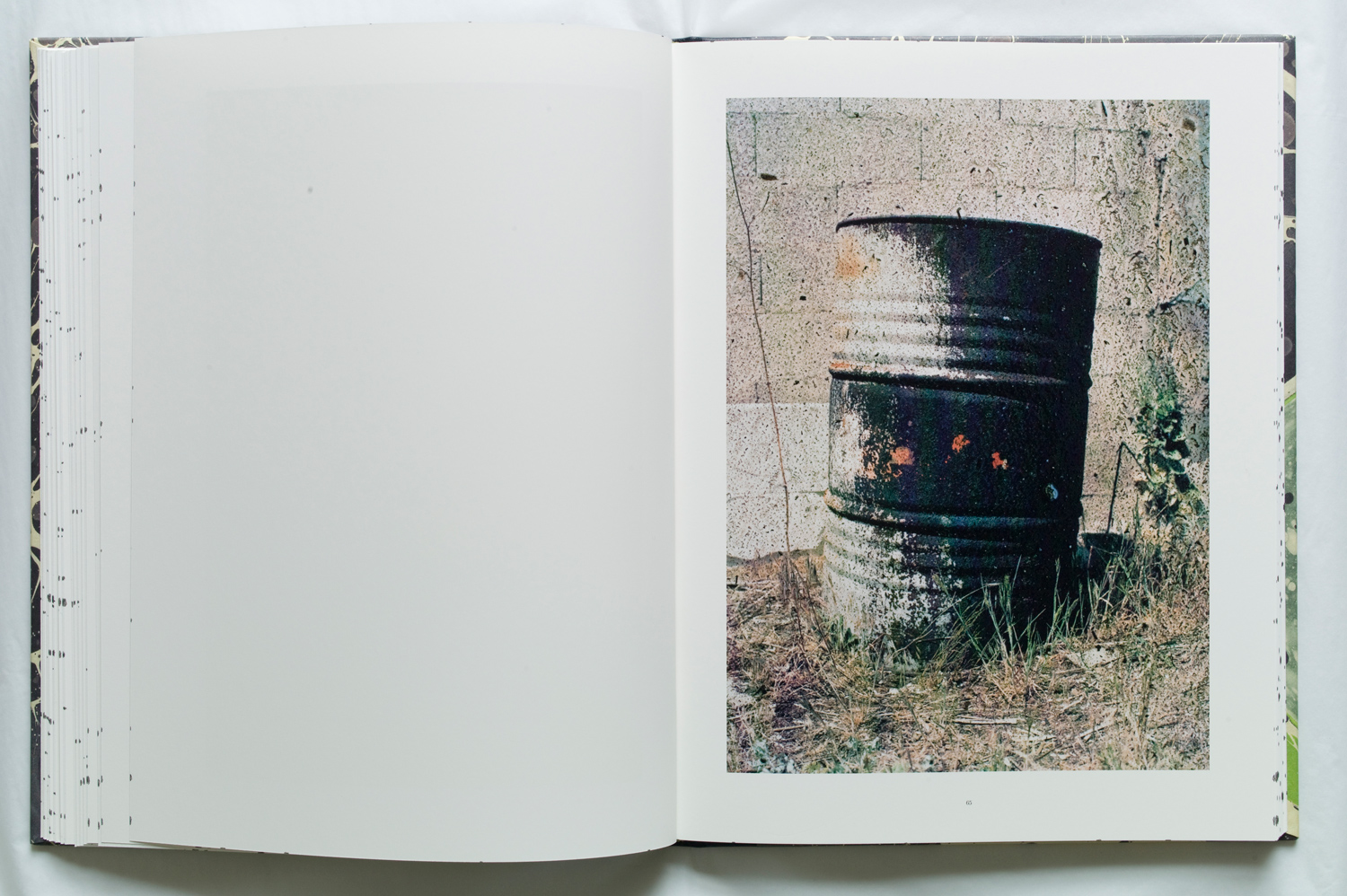

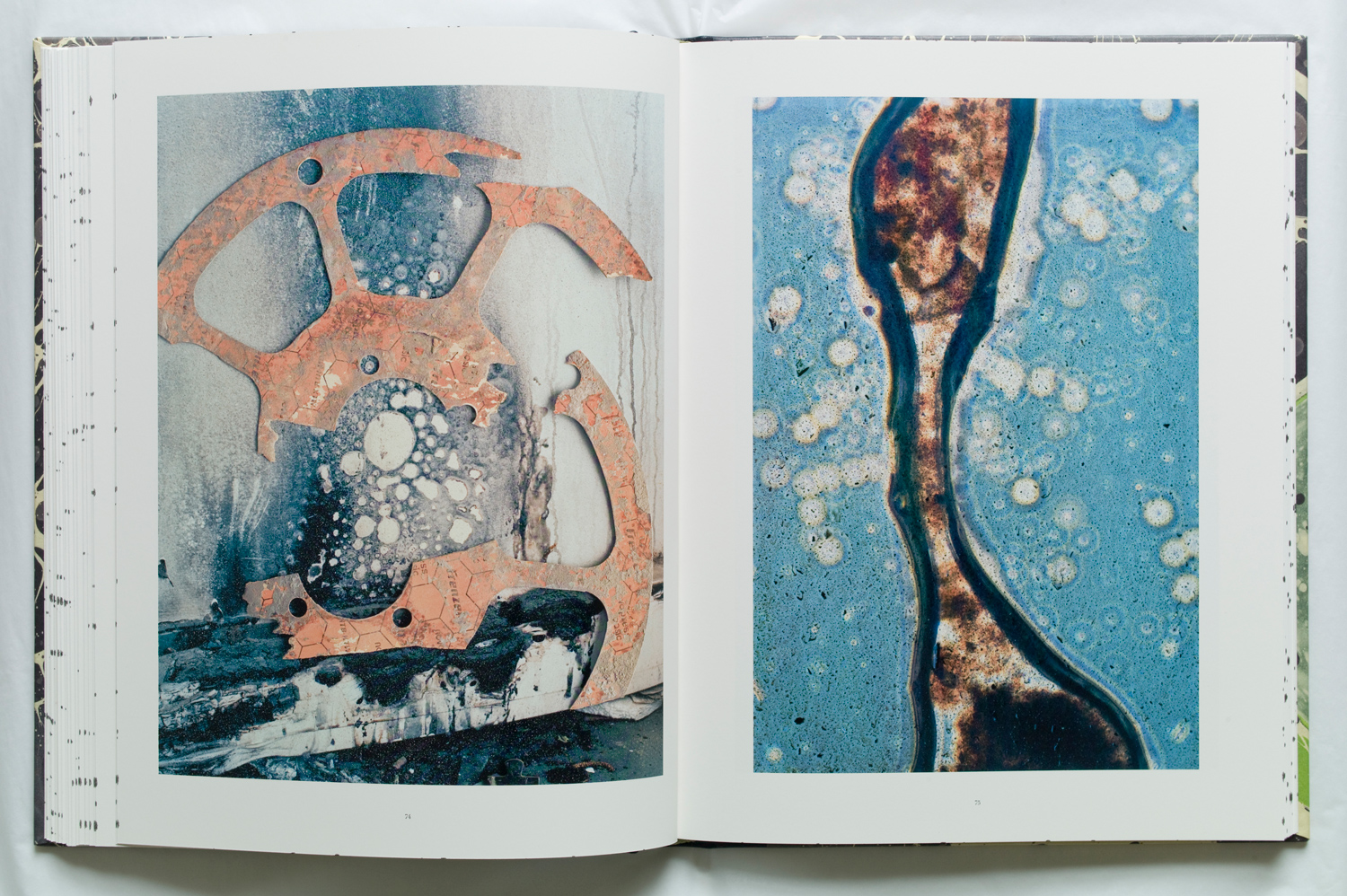
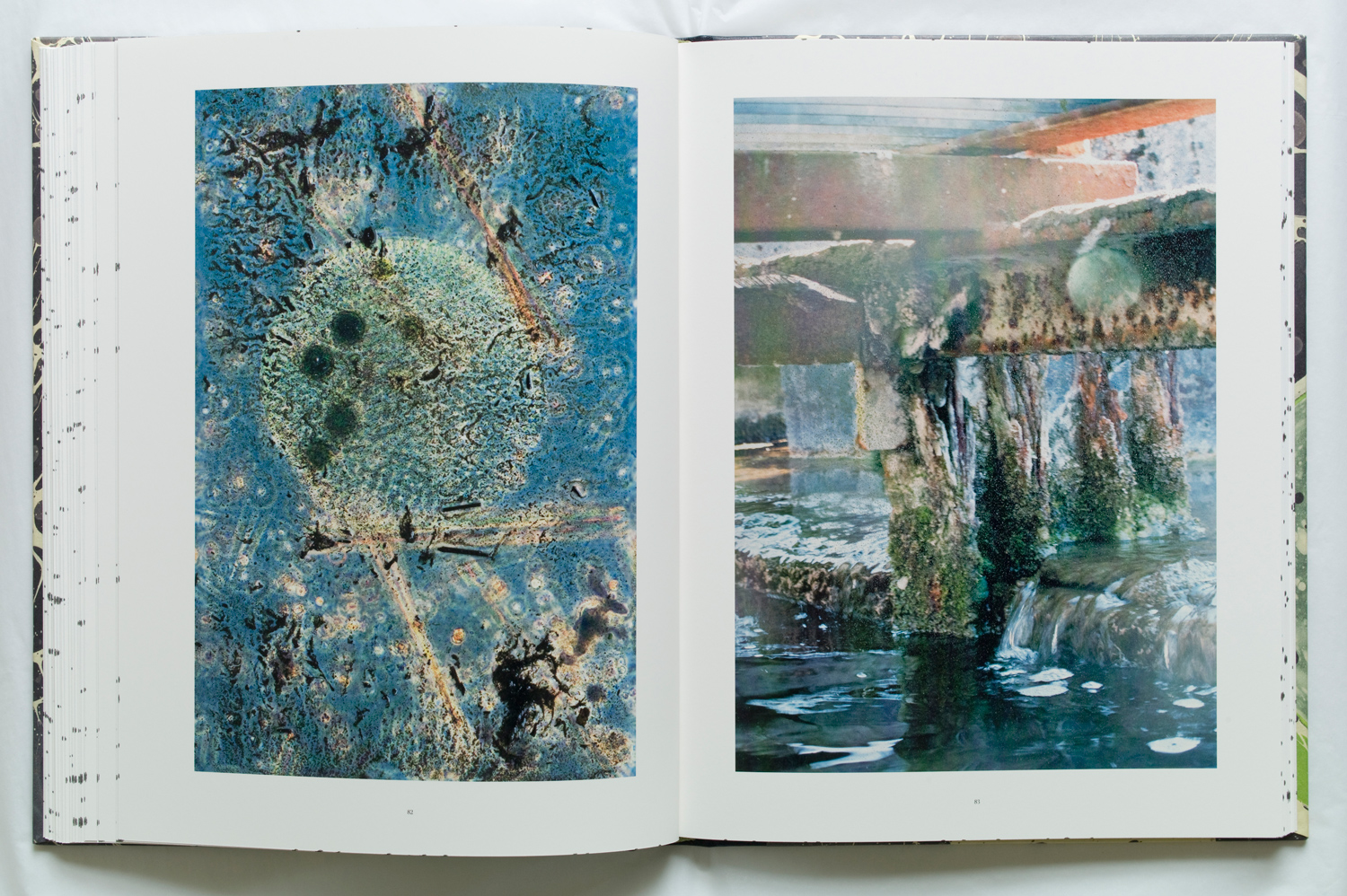


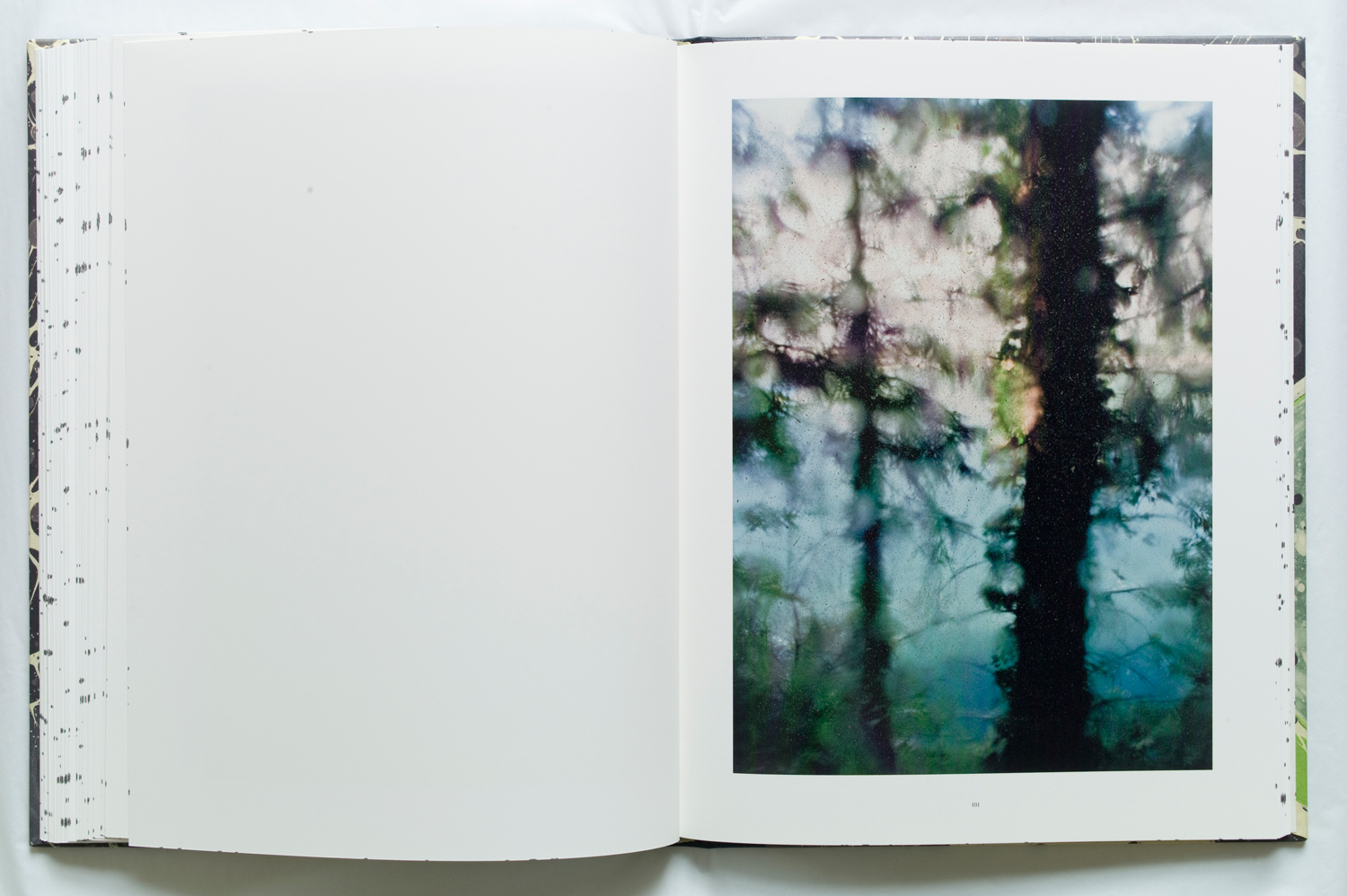


More Must-Reads from TIME
- Cybersecurity Experts Are Sounding the Alarm on DOGE
- Meet the 2025 Women of the Year
- The Harsh Truth About Disability Inclusion
- Why Do More Young Adults Have Cancer?
- Colman Domingo Leads With Radical Love
- How to Get Better at Doing Things Alone
- Michelle Zauner Stares Down the Darkness
Contact us at letters@time.com